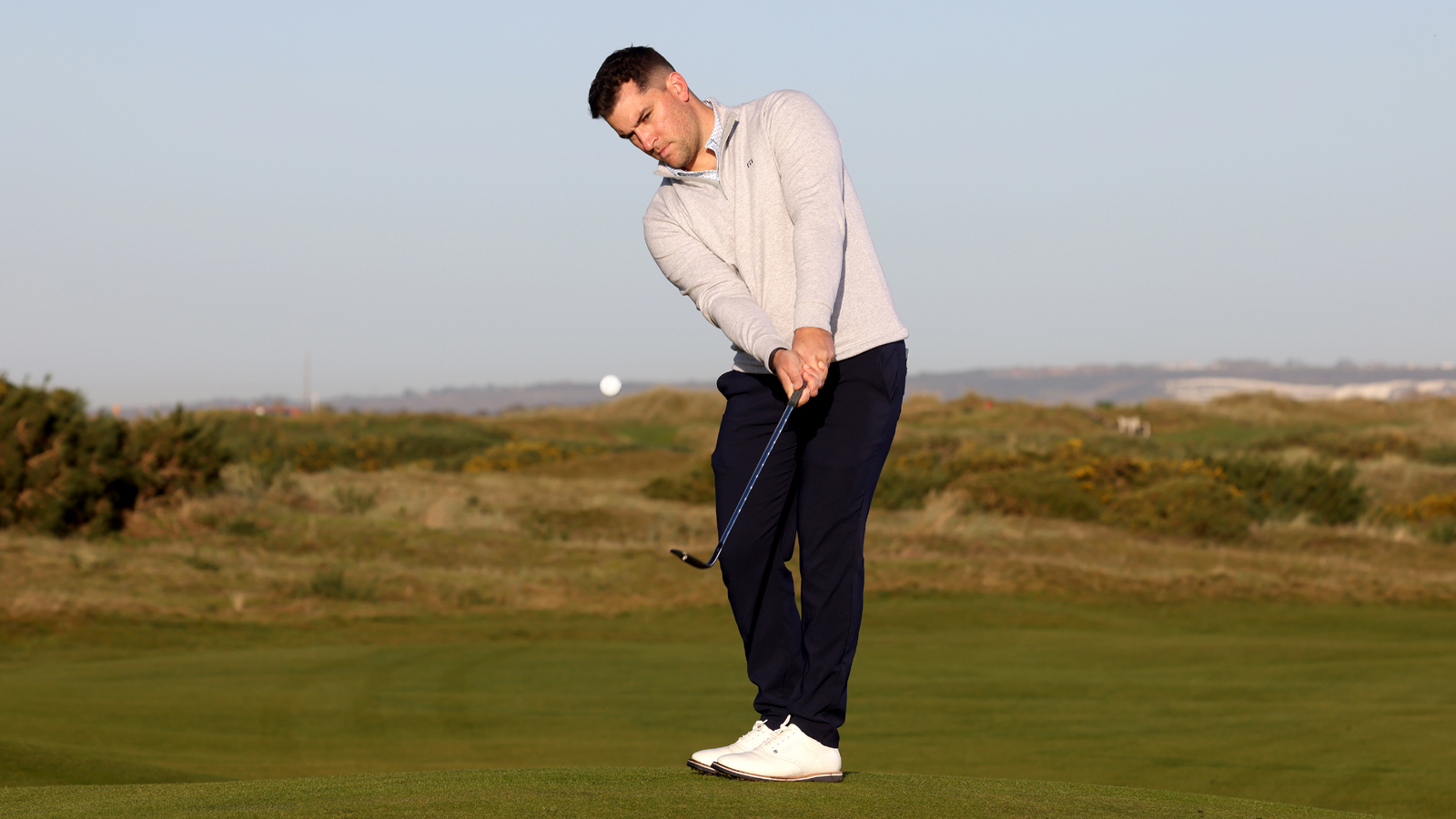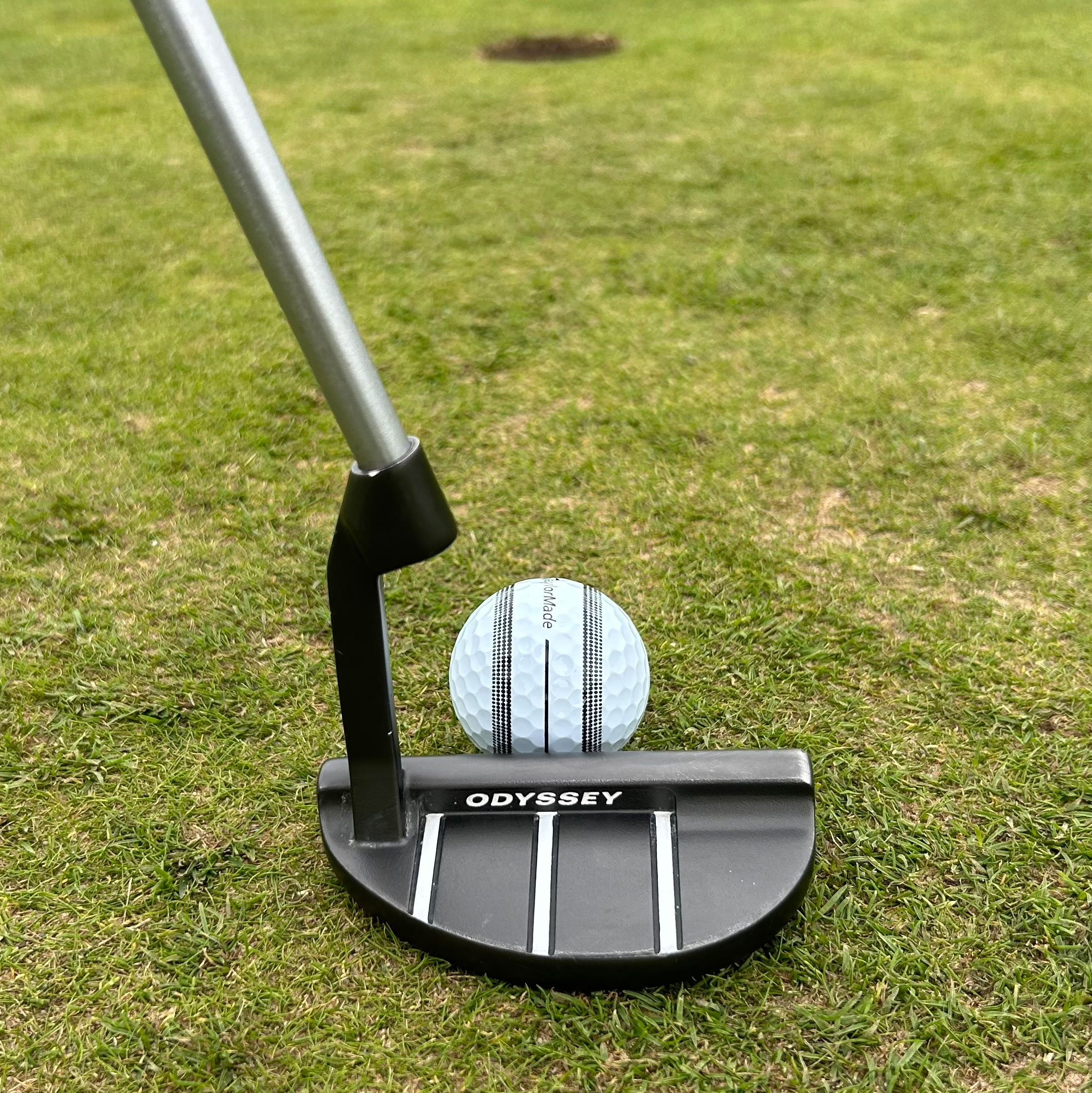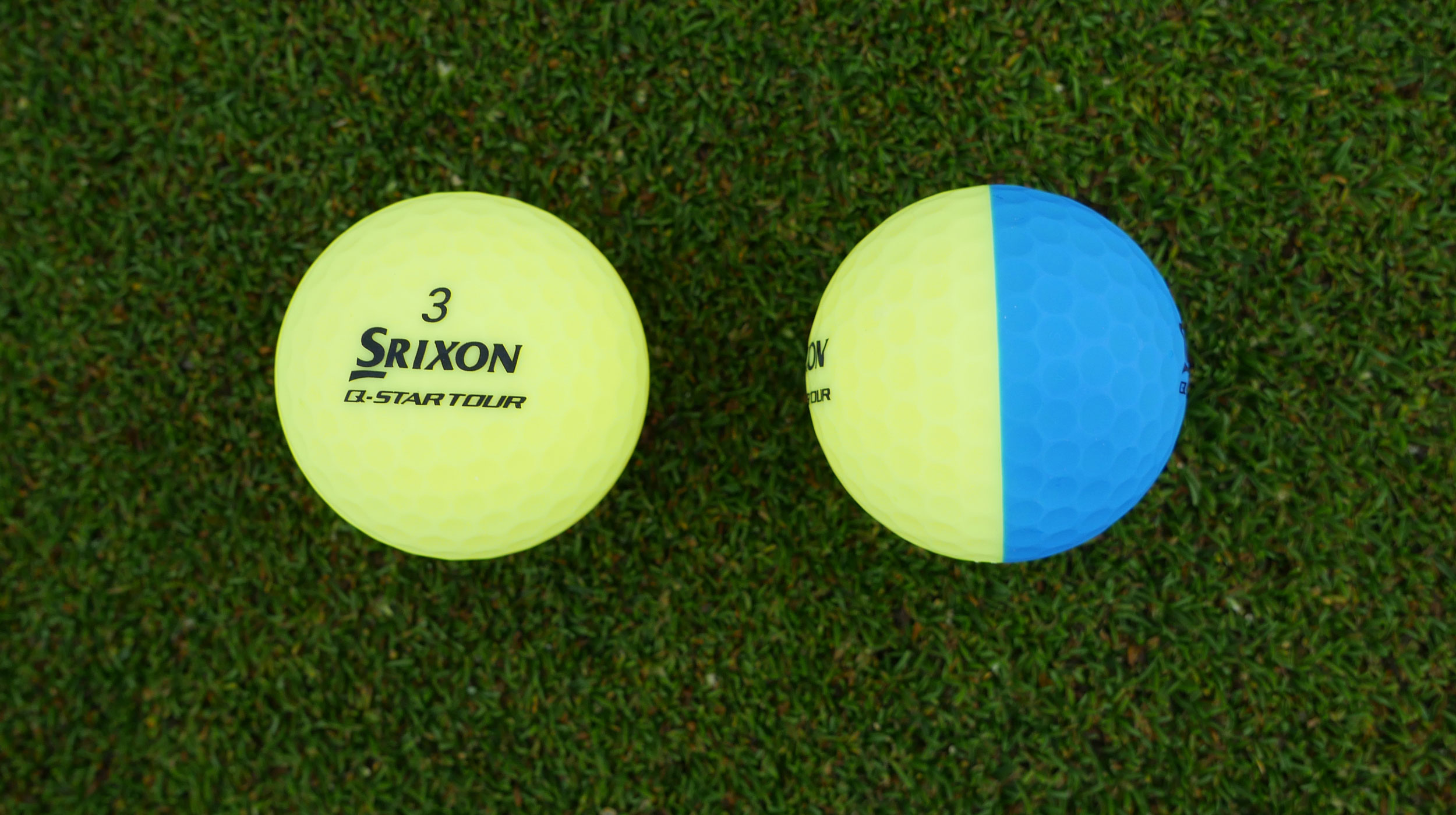7 Signs You Are Using The Wrong Golf Ball
We reveal the tell tale signs that mean it could be your choice of golf ball that is causing errant shots and a lack of distance or control

Martin Hopley

Choosing the right golf ball can be a bit of a minefield. Usually the decision comes down to some combination of distance, control and price, particularly if you regularly don’t make it through a round with the same ball.
If you’re fed up of hitting what you think is a good golf shot but are not getting the result you are looking for, it could be the golf ball you are using that is causing all your problems (or at least some of them).
Using one of the best golf balls optimised for your game can help you shoot lower scores. However, if you are using the wrong ball then it will be clear from the following signs...
WATCH: Joel Tadman talks through the 7 signs you are using the wrong golf ball
1. Too Much Spin With Driver
There's nothing worse than hitting a shot off the tee out of the screws only for it to finish 15 yards short of where your buddies have driven their balls. The spin profile of your ball could be to blame so really observe the ball flight next time you tee off. If your ball starts low and climbs too much, too quickly, this is a telltale sign that the ball is spinning excessively.
Conversely, if your ball falls out of the sky earlier than it should, this is often caused by the ball not spinning enough. The flight you're after is a strong, rainbow-shaped flight where the ball launches high but doesn't climb - rather piercing through the air with plenty of run on landing.
It's a balance, because you want a ball to spin a lot around the greens but typically, the best premium golf balls by design offer a nice blend of low spin with driver and higher spin with short irons and wedges, but a switch into a lower spinning ball off the tee could certainly get you a few more yards down the hole without having to change your swing or hit the ball any harder. One of the best low spin golf balls would be a good starting point if you're thinking of making the switch...
Subscribe to the Golf Monthly newsletter to stay up to date with all the latest tour news, equipment news, reviews, head-to-heads and buyer’s guides from our team of experienced experts.

Observe your flight with driver, it could be telling you your ball is wrong
2. Lack of speed and distance
As a golden rule, soft generally means slow. Low compression golf balls promise a soft feel, but the result is you might be losing distance depending on your swing speed.
The lower the compression, the softer the ball is. Compression ranges from 30 all the way up to 125. Lower compression does means more spring or deformation of the ball at impact, which is a way for lower speed players to get more from their driver. But as swing speed increases, the return from this design starts to diminish, so as swing speed increases, as does the optimum golf ball compression.
This is only a rough guide and remember that fitting for swing speed is only part of the puzzle, as your swing speed varies with every club in your bag. But for many golfers that have sought a soft feel through low compression, switching into a more distance-orientated golf ball will retain more of the energy at impact.
3. Irons shots go too high
Again this goes back to spin and firmness, which is usually generated by the core and the cover. A lower-spinning ball will bring down your peak flight height, but it may not stop as quickly when it lands. Firmer balls are more also likely to fly higher as they compress less on impact and don’t ‘roll-up’ the face of the golf club and launch higher.
Urethane covered balls will create more friction with the face of your irons, causing shots to launch lower. So if you want to see a lower, more controlled flight with your irons, a lower-spinning or urethane covered ball will help you achieve this outcome.

4. Chip shots don't stop quickly enough
This is a mainly a cover issue as cast urethane cover balls will offer more spin on these shorter shots around the green. These are the covers found on most of the best premium golf balls, hence why they are the most expensive although some of the best mid-price golf balls now also feature urethane covers for added control.
Most budget golf balls have ionomer or surlyn covers that are just as durable, but are built more for distance and in general don’t offer the same level of control. But if you don't mind having a one-dimensional short game, the benefit of added carry distance off the tee could be worth the trade off. To see what works for you, take a couple of different types of ball to a practice green and chip from inside 30 yards and see which one gives you the control you need.

5. Wind has too much effect
This is a spin and aerodynamics issue. As already mentioned, a ball that spins more will fly higher and go offline more. But downwind you may need the spin to stop the ball. Several premium balls are renowned for being better in the wind due to the aerodynamics of the dimple pattern which makes them fly straighter, like the Titleist AVX for example.
If you play a lot on links courses that are exposed to the elements or you want a ball in your bag to pull out when playing a hole that runs into the wind (remember you can use any conforming ball at the start of any hole) then a ball like this is worth having.

6. Often missing putts from short range
Some people prefer to have a clean look at address, but others prefer some assistance. If you want a certain type of line, it’s probably out there. Either you can get your sharpie out and draw some lines on, or you can use balls with alignment aids printed on them.
Callaway’s Chrome Tour Triple Track balls have three lines in two different colours and widths, which also tie into similar lines on its Odyssey putters. The TaylorMade TP5x Stripe is also a good option for those seeking in-built assistance on the greens with their aim and start direction.

7. Losing sight of your ball
Hitting it out of site already with these tips? White is not always the best colour and these days if you struggle to see you ball in flight there are plenty of choices. The classic luminous yellow, green and pink are great options. Stick to the brighter ones and avoid darker colours such as blue and black and as they can be harder to see, especially in dappled sunlight.

The TaylorMade TP5 Pix is certainly easier to see with its triangular graphics, as is the Srixon Q-Star Tour Divide, which if you orientate it a certain way on the tee will create a strobe effect as it flies, making it much easier to spot than a traditional white golf ball.

Joel has worked in the golf industry for over 15 years covering both instruction and more recently equipment. He now oversees all equipment and video content at Golf Monthly, managing a team of talented and passionate writers and presenters in delivering the most thorough and accurate reviews, buying advice, comparisons and deals to help the reader or viewer find exactly what they are looking for.
One of his career highlights came when covering the 2012 Masters he got to play the sacred Augusta National course on the Monday after the tournament concluded, shooting a respectable 86 with just one par and four birdies. To date, his best ever round of golf is a 5-under 67 back in 2011. He currently plays his golf at Burghley Park Golf Club in Stamford, Lincs, with a handicap index of 3.1.
Joel's current What's In The Bag?
Driver: Titleist GT3, 9°, Fujikura Ventus Black 6 S shaft.
Fairway wood: Titleist TSR3, 15°
Hybrid: Titleist TSi2, 18°
Irons: Titleist T150, 4-PW
Wedges: Titleist Vokey SM10, 50°, 54° and 58°
Putter: LAB Golf DF3
Ball: 2025 Titleist Pro V1x
You must confirm your public display name before commenting
Please logout and then login again, you will then be prompted to enter your display name.